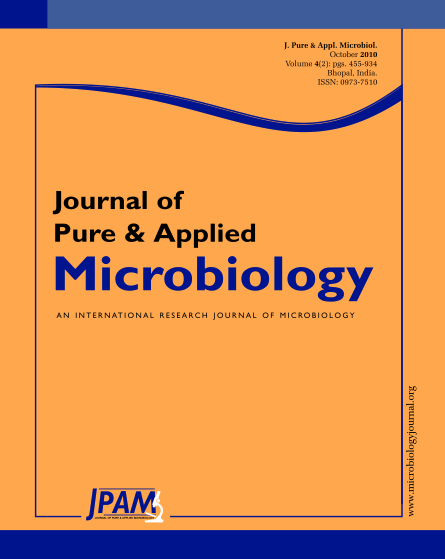Magnaporthe grisea is known to be a major problem in the rice industries. Pib gene codes for resistance against the pathogenic fungi. Oryza rufipogon is a wild type variety of paddy. It is able to live under extreme condition and resistant towards a lot of rice diseases. In this study a ~ 6000 bp (6062bp) Pib gene was isolated from O.rufipogon via PCR using specific set of primers designed from the Pib gene of O. sativa japonica cv Nipponbare adopting the primer walking strategy. In addition to the above, the complete cDNA sequence of Pib was obtained via RACE-PCR. The cDNA is 3978 bp (ORF 3426; 5’UTR 307; 3’UTR 245) and has a predicted molecular weight of 52 kDa and a pI of 6.2. Meanwhile, Southern hybridisation studies showed that the Pib gene is a member of a small gene family where two to four bands were produced when enzyme fractionated genomic DNA was screened with the NBS-LRR region of the Pib gene. When the translated protein sequence was subjected to a motif analysis, three NBS sites; GGVRSLVVQ, LVVLNDL and GSRVLV (240 to 327) and fifteen leucine-rich repeats were detected between and 328 to 1088 amino acid of the gene. The NBS sites are believed to be involved in signal transduction, while the LRR sites are important in resistance specificity. In addition to the above, the Pib gene contained the 2Fe-2S ferredoxin and EFG-like protein motif. Multiple sequence alignment analysis using ClustalW, showed that the amino acid sequence of the putative Pib protein of O. rufipogon is highly identical to the amino acid sequences of Pib protein from O.sativa japonica (92.0 %), O.sativa indica (94.0%), Zea mays (68%), Triticum aestivum (55%) and Arabidopsis thaliana (42%). Phylogenetic analysis of the Oryza genus, cereals and Arabidopsis thaliana indicates that these plants originate from the same ancestor, but have diverged through million years of evolution. The expression profiles of Pib gene was examined in Oryza species, post infection where the expression of the 1.1kb fragment of NBS-LRR region was detected in O.rufipogon and the transgenic lines.
Pib gene, Oryza rufipogon, disease resistance, characterisation
© The Author(s) 2010. Open Access. This article is distributed under the terms of the Creative Commons Attribution 4.0 International License which permits unrestricted use, sharing, distribution, and reproduction in any medium, provided you give appropriate credit to the original author(s) and the source, provide a link to the Creative Commons license, and indicate if changes were made.


